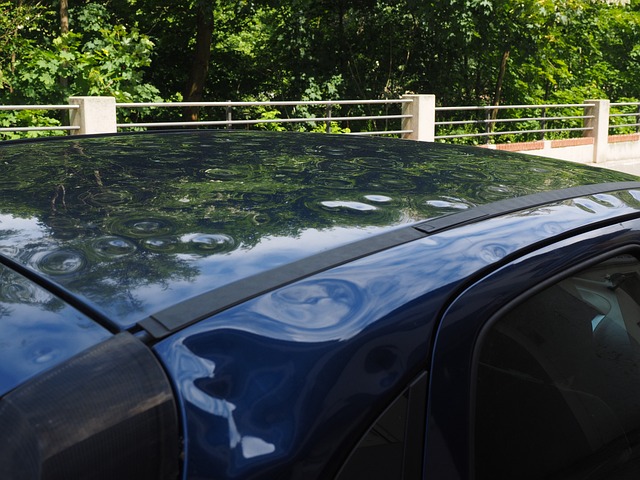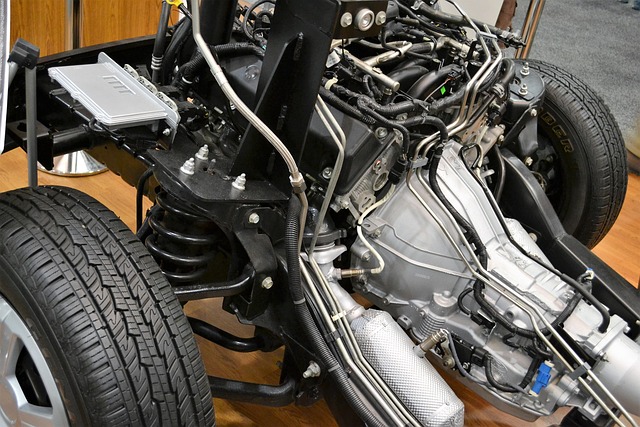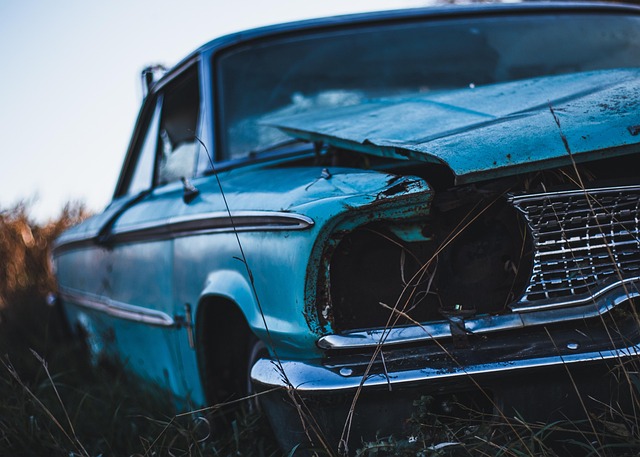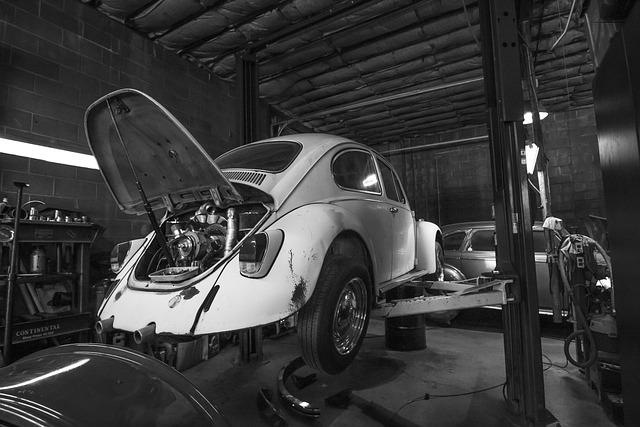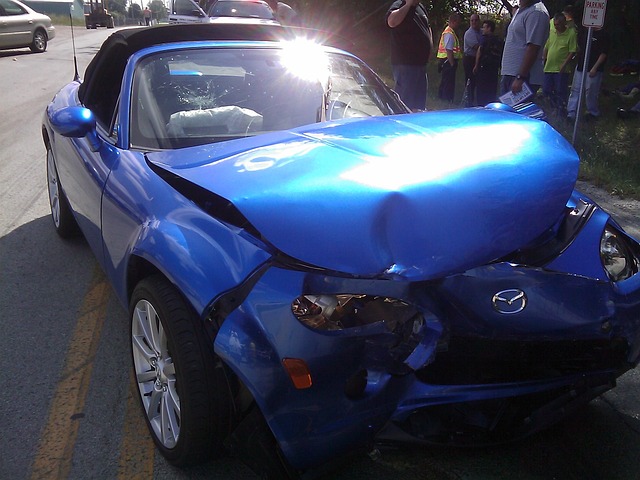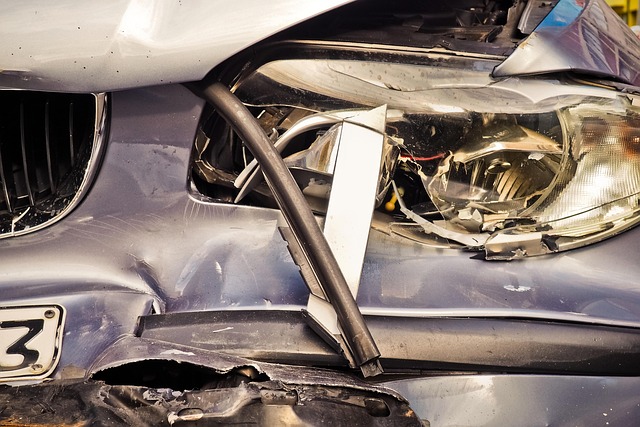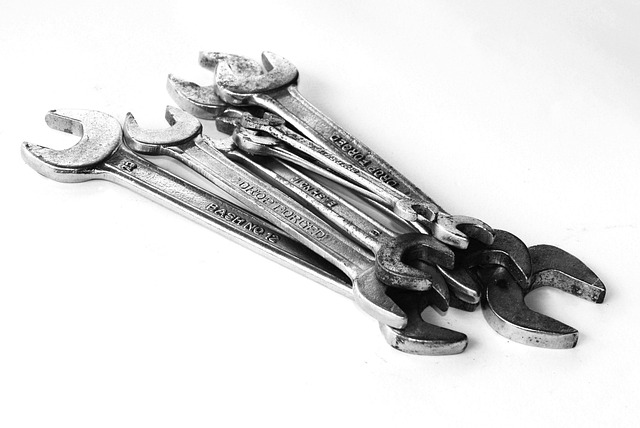Fender dents, though seemingly minor, can cause significant mechanical and aesthetic issues in vehicles. Proper repair is crucial for safety, resale value, and cosmetic appeal. Repair methods vary from DIY putty and filler to professional auto paint repair, depending on damage extent and vehicle type. Assessment is key; minor dents can be DIY'd with basic tools, while complex deformities require specialized equipment and professional services.
“Uncover the science behind fender dent repair, a process that combines precision mechanics and aesthetic restoration. Fender dents, often caused by minor collisions or parking mishaps, can significantly impact your vehicle’s appearance and value. This article delves into the mechanisms of these dents, exploring their mechanical and aesthetic consequences. We’ll guide you through common repair methods, from traditional body shop techniques to innovative DIY solutions, highlighting pros, cons, and crucial factors for successful fender dent repair.”
- Understanding Fender Dents: The Mechanical and Aesthetic Impact
- Common Methods for Fender Dent Repair: Pros and Cons
- Choosing the Right Approach: Factors to Consider for Effective Fender Dent Repair
Understanding Fender Dents: The Mechanical and Aesthetic Impact

Fender dents, also known as curb or door dings, are common issues that can significantly impact both the mechanical and aesthetic aspects of a vehicle. These small but often annoying dents occur when a car’s exterior panel is deformed due to collision with another object, like a curb, tree branch, or shopping cart. The mechanical impact can be minimal, with no structural damage, but even minor fender dents can affect the overall performance of the car’s aerodynamics and stability. Over time, unchecked fender dents may lead to more serious issues as they can disrupt the alignment of the vehicle, causing uneven tire wear and potentially compromising safety.
From an aesthetic perspective, fender dents are often unsightly and can detract from a vehicle’s otherwise pristine appearance. They can range in size from small, barely perceptible markings to large, noticeable deformities that mar the car’s sleek lines. In today’s market where first impressions matter, even minor dents can significantly impact a vehicle’s resale value. This is why many owners opt for fender dent repair, which includes both practical considerations related to auto collision repair and cosmetic enhancements in car paint repair processes. Understanding these impacts is crucial when considering the best approach to addressing and preventing fender dents.
Common Methods for Fender Dent Repair: Pros and Cons
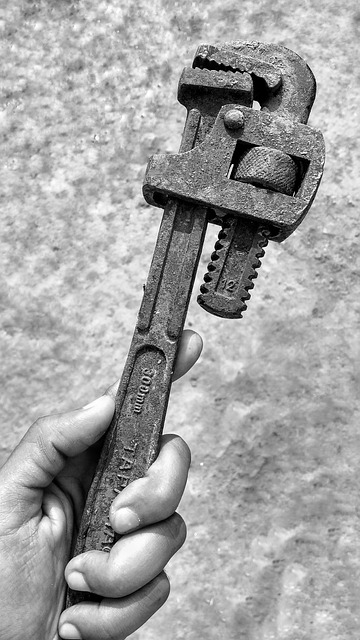
There are several common methods employed for fender dent repair, each with its own set of advantages and drawbacks. One popular approach is the use of putty and filler, where damaged areas are sculpted and shaped with putty before being painted to match the car’s original finish. This technique is cost-effective and suitable for minor dents, but it requires skill and can leave visible traces if not done meticulously.
Another widely used method is auto paint repair, which involves matching and applying fresh paint over the dented area. This offers a seamless finish and is ideal for more significant damage. However, it’s a more complex process that demands precision and specialized equipment, making it pricier than putty repairs. Collision repair centers often employ this technique to restore vehicles to their pre-accident condition, ensuring both aesthetics and structural integrity in the process.
Choosing the Right Approach: Factors to Consider for Effective Fender Dent Repair

When it comes to fender dent repair, selecting the optimal approach is paramount for achieving a seamless and durable outcome. Several factors play a crucial role in this decision, each impacting the effectiveness and efficiency of the repair process. First and foremost, consider the extent of the damage. Minor dents and dings can often be successfully addressed with DIY methods or quick trips to an auto repair shop, utilizing tools like putty knives and plastic welder guns.
For more substantial or complex fender dent repairs, particularly involving severe deformities or structural damage, a more intricate process is required. This may necessitate the expertise of a professional car restoration service equipped with specialized equipment, such as hydraulic presses and computer-aided design (CAD) technology. Additionally, the type of vehicle and its make play a significant role, as some models are more prone to specific types of damage and may require unique repair techniques.
Fender dent repair is a crucial process that combines scientific understanding with skilled craftsmanship. By grasping the mechanical and aesthetic implications of dents, choosing the right repair method, and considering various factors, car owners can achieve both functionality and cosmetic satisfaction. Embracing modern techniques offers effective solutions, ensuring your vehicle regains its former gleam while enhancing overall vehicle value. For optimal results, consult professionals who specialize in fender dent repair to navigate the process seamlessly.
